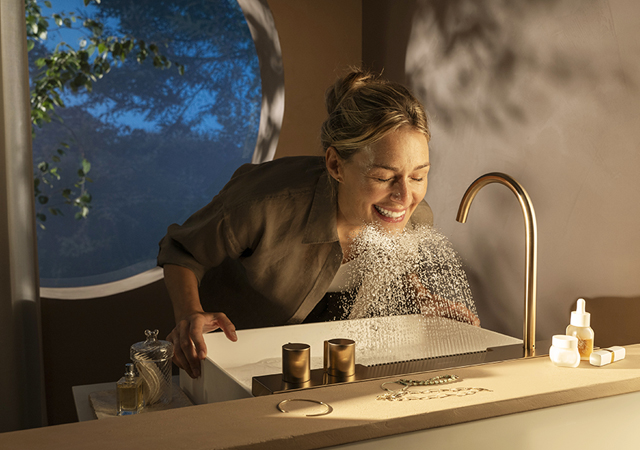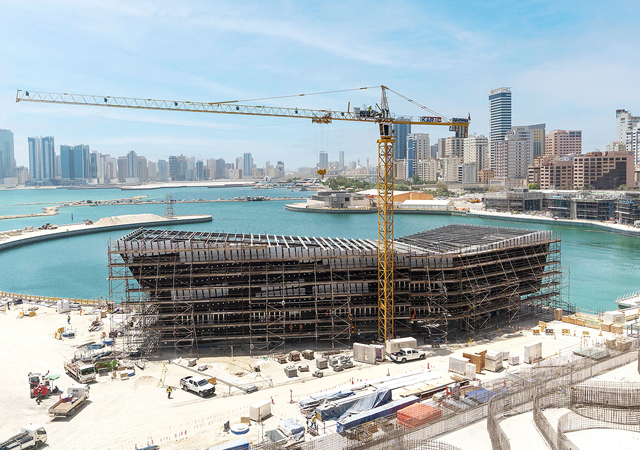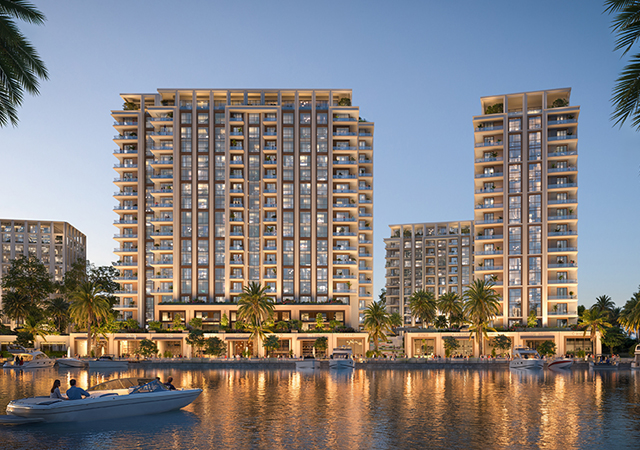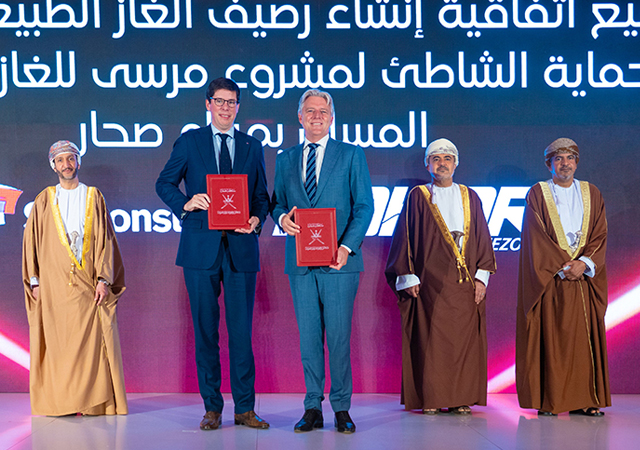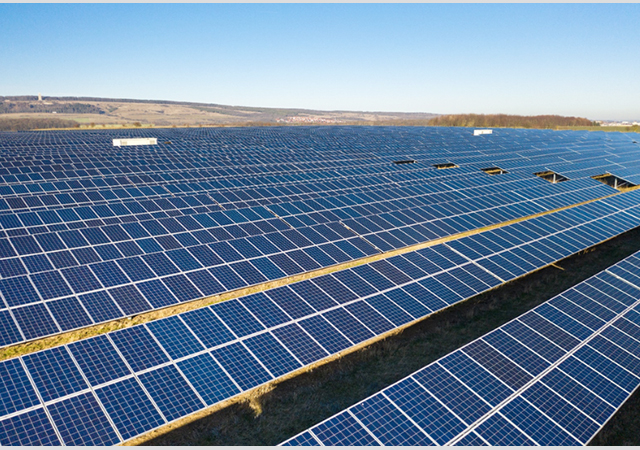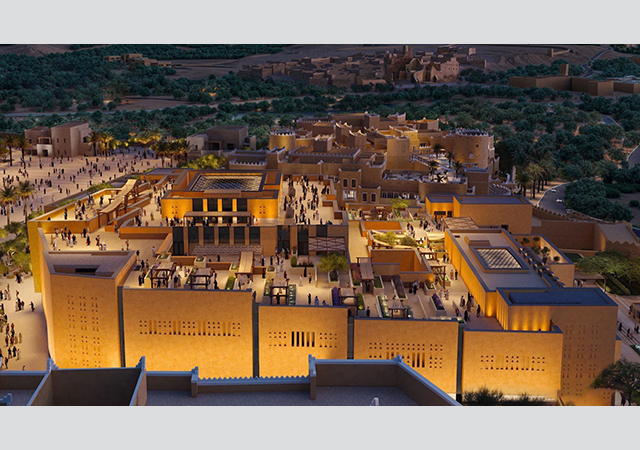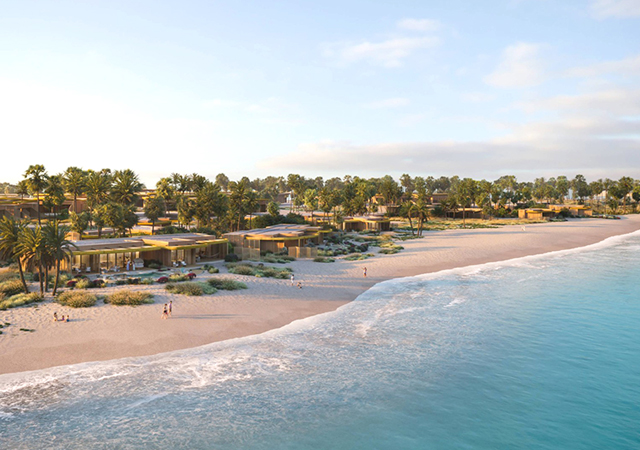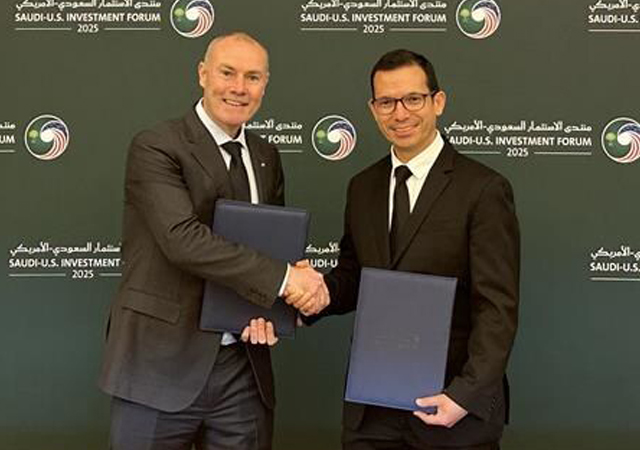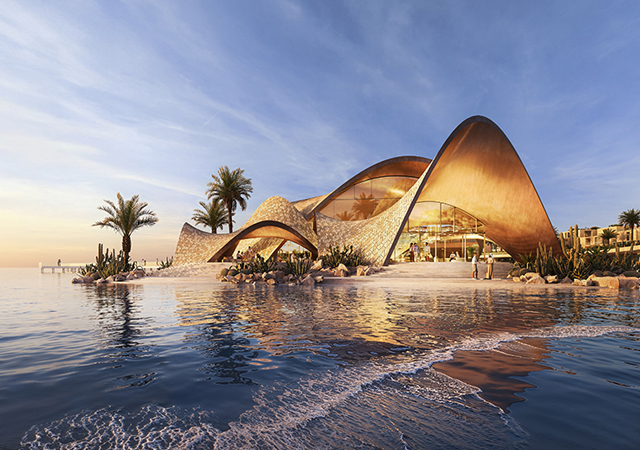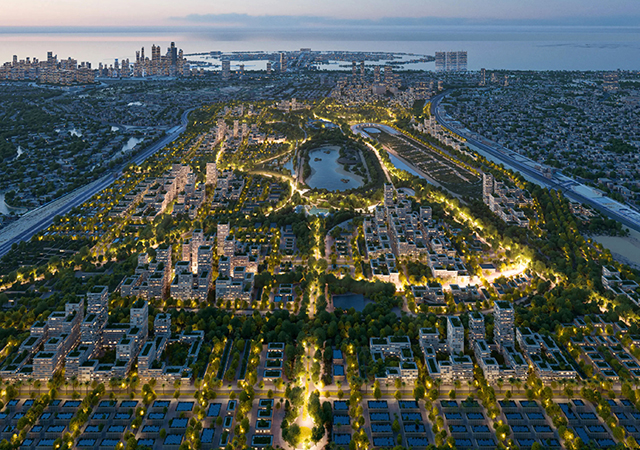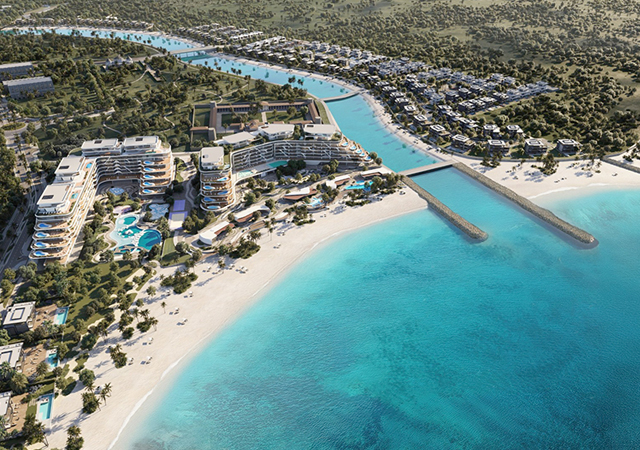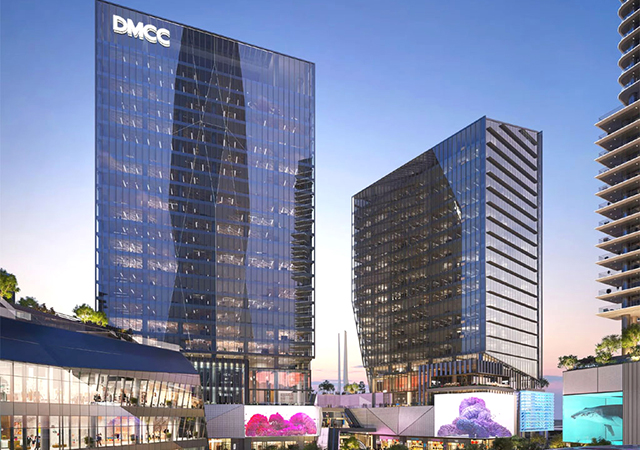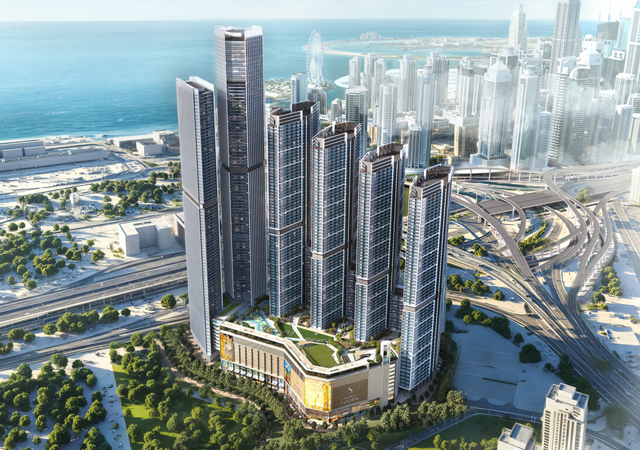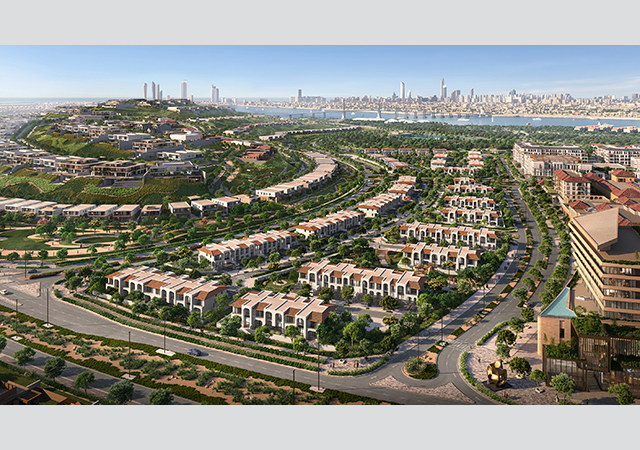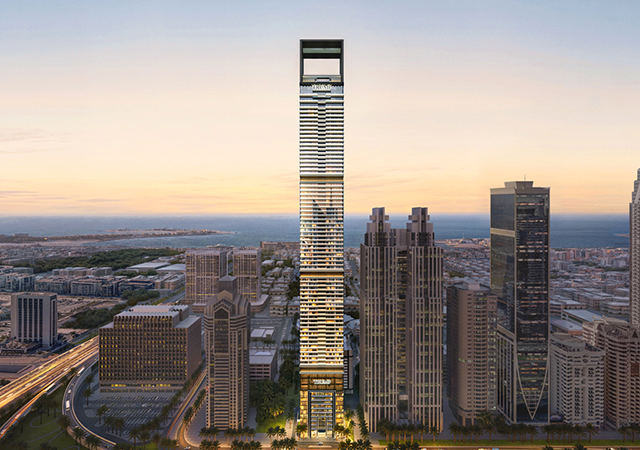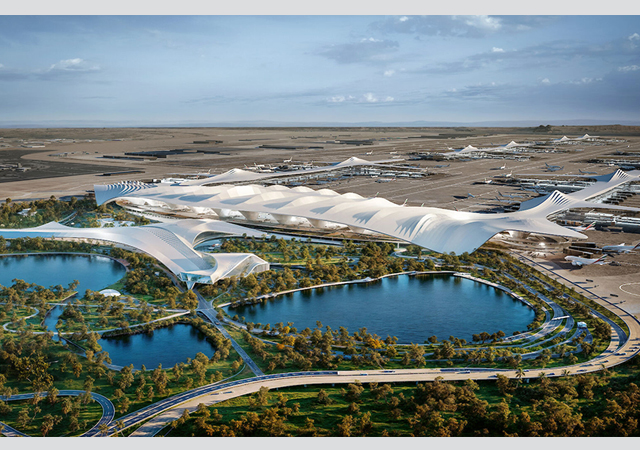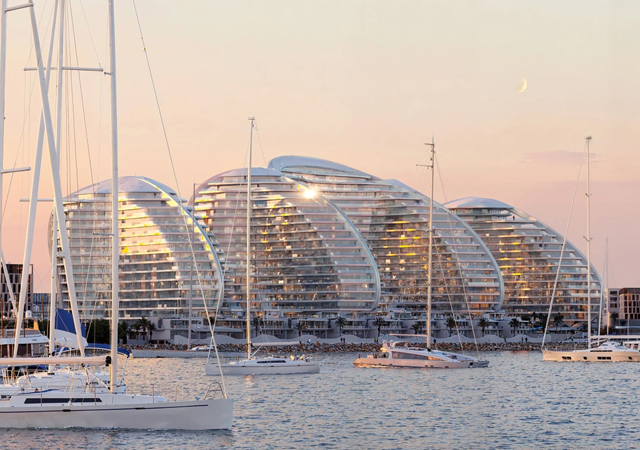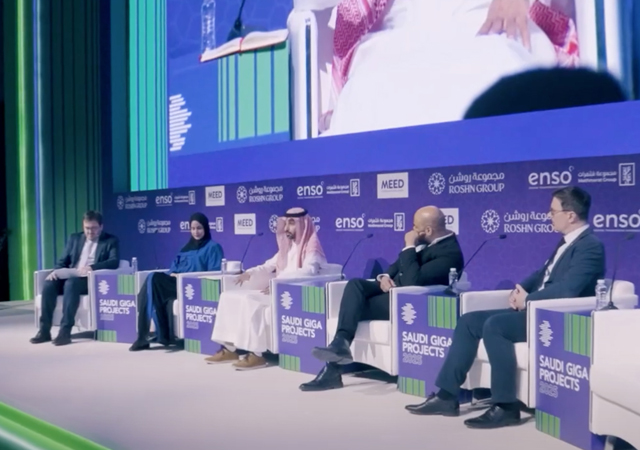
 Masa ... expert services.
Masa ... expert services.
Pest management professionals use a variety of chemicals – termed termiticides – to protect the wooden structures in different types of building constructions from termite infestations.
Treatment through termiticides, which creates a toxic barrier in soil, has been a standard method to control subterranean termites in the building constructions for more than 50 years. The soil around the wooden structure is saturated with these chemicals that block termite entry. Cyclodienes (chlordane, hepatachlor, aldrin and dieldrin) were first used for the control of termites, but were banned in 1984. Although these termiticides were effective and had a long life, the US regulatory agency and the USDA forest service found them to be active for around 35 to 40 years in the environment and remained in the air at a detectable high level in the treated structures. These chemicals were also found to produce tumours in laboratory mice and were suspected to be human carcinogens. Another termiticide known as Isofenphos (Pryfon), manufactured by Miles Incorporated, was also later discontinued, due to its fast degradation under the soil.
In the past, several chemicals such as coal tar Creosote, zinc chloride and its derivatives, pentachlorophenol and sodium orthoborate, have been used for preventive treatment to timber and plywood in construction to prevent decay and infestation by borer and termites and some of them are still in use in many parts of the world. Some of these termiticides have been discussed below:
Synthetic pyrethroid: Many termiticides belonging to the synthetic pyrethroid group are currently in use. Pyrethroids are synthetic organic chemicals having similarities with pyrethrins. While the earlier synthetic pyrethroid was fast acting but not stable for a long time with very low photostability, the second generation chemicals was more stable having more photostability and these are still being used worldwide. Synthetic pyrethroids having the active ingredients of permethrin, cypermethrin, fenvalerate, deltamethrin and bifenthrin, has been in use as termiticides. Permethrin has been extensively used in building construction in the US, Europe and the Middle East but although it gives longer protection, all the termites are not killed as it works as a repellent and it is also highly irritable to human skin. Termiticides formulated with cypermethrin, fenvalerate deltamethrin and other synthetic pyrethroids have also given good results. The time span of protection afforded by the second generation of synthetic pyrethroids however varies from place to place. Dragnet, another termiticide with permethrin as the active ingredient used by Masa has given excellent protection against termites for more than a decade.
Lindane: Although Lindane was widely used as termiticide, its use has now been stopped due to environmental concerns as the gamma isomer of benzene hexachloride that it comprises is more volatile than other chlorinated hydrocarbons. As in most chlorinated hydrocarbons it is moderately toxic to mammals. In the US, it was used to control wood-boring beetles giving good results as it strongly binds with the bare wood providing a protective layer on the surface that remains active for many years. It was treatment with this chemical that enabled Rentokil Company to provide a 30-year guarantee against wood-boring beetles in building constructions across the UK.
Chlorpyrifos: First introduced in 1965, chlorpyrifos belongs to the organophosphate group of chemicals that became a widely-used termiticide in the global structural industry. However in June 2000, EPA discontinued chlorpyrifos for residential use because of concerns associated with neurotoxic effects in children.
Alternatives to chlorpyrifos
Although chlorpyrifos have been phased out, we still have many termiticides to control termites that include permethrin, cypermethrin, imidacloprid, fipronil, bifenthrin, esfenvalerate, deltamethrin, and cyfluthrin. Any of these can be used to prevent and control the infestation of termites. The efficacy of the termiticides varies from one chemical to the other and also depends upon the soil type, pH balance and temperature of the soil and other environmental factors.
Bait formulations
To create a termiticide barrier below a structure, a large amount of chemical toxicant must be used. This barrier does not destroy the colony, which is foraging at another point. With the passage of time, the underground chemical barrier becomes ineffective and the termites infest the structure.
Use of new termiticide chemicals as termite bait – also called a colony elimination system – is a new approach. It requires a very small amount of chemical to be used along with some food and attractant. This slow-acting chemical bait is taken by termite workers to feed the colony including the queen. This method eliminates the entire colony, making the area termite free.
Chemicals used in termite baits fall in three categories:
• Insect growth regulators (IGRs) such as hexaflumuron and pyriproxyfen;
• Slow-acting metabolic inhi-bitors or neurotoxicants such as hydramethylnon, sulfluramid and abamectin; and
• Microbial pathogens such as fungi and bacteria.
The chemicals used in the bait formulation must be slow-acting and non-repellent to termites to be effective and the bait also must contain attractive and palatable food for termites so that they may be attracted to it.
Masa uses Imidacloprid, which belongs to a new chemical class chloronicotinyls manufactured by Krishi Rasayan Export of India. It is a systemic chloronicotinyl insecticide that enters the target pest through ingestion or direct contact and acts by disrupting nicotinic acetylcholine receptors in the insect’s central nervous system.
Imidacloprid is used for controlling termites and insects in soil. It is effective at concentrations less than 1 ppm, it is non-repellent, palatable to termites, odourless, slow acting and works in the presence of mould. It is safe and one of the best available alternatives to be used to treat soil for subterranean termites. Imidacloprid termiticide is used in pre-construction termite treatment as well as post-construction termite control. In post-construction applications, a termiticide barrier is established by drilling holes on both sides of the partition walls, near floor joints and near cracks in the floor. A fixed amount of termiticide is then pressure-injected into each hole and the holes are closed with white cement or plaster of Paris.
In case of pre-construction, the termiticide formulation is sprayed below the foundation before the concrete floor is laid and along its outside perimeter, forming a uniform, complete and effective termiticide barrier.
Masa gives a 10-year guarantee for its pre-construction termite proofing works.
Masa is currently registering Bifenthrin, a pyrethroid termiticide, which will soon be a part of its termite control procedure in line with its objectives of using the latest know-how and keeping abreast of latest termite control techniques as per international standards.
Masa Establishment for Pest Extermination Services is a leading pest control company in Saudi Arabia that has been protecting the timber and other wooden structures in building construction for the last 27 years. The company has established a strong footing in the pest control sector by strictly observing and maintaining high-quality service standards using state-of-the-art technology for termite prevention and control.




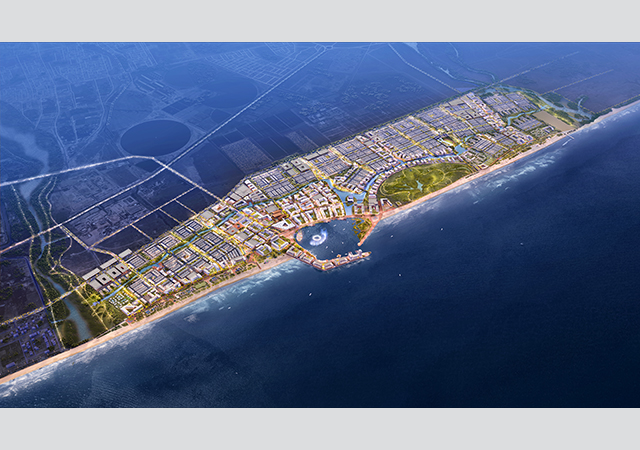



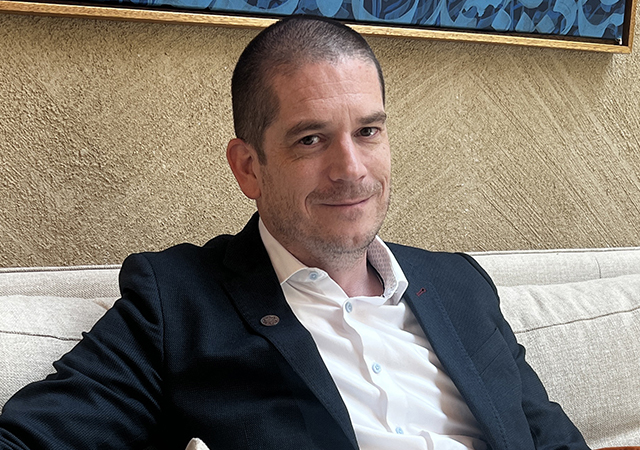

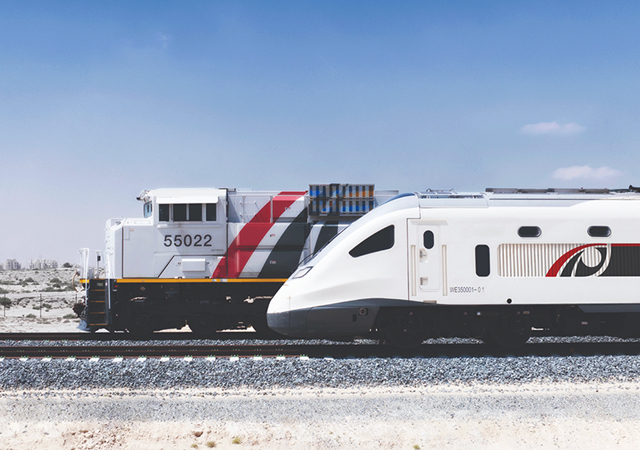
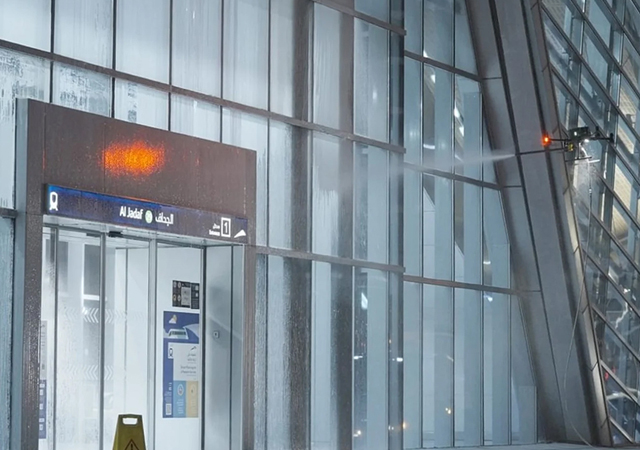
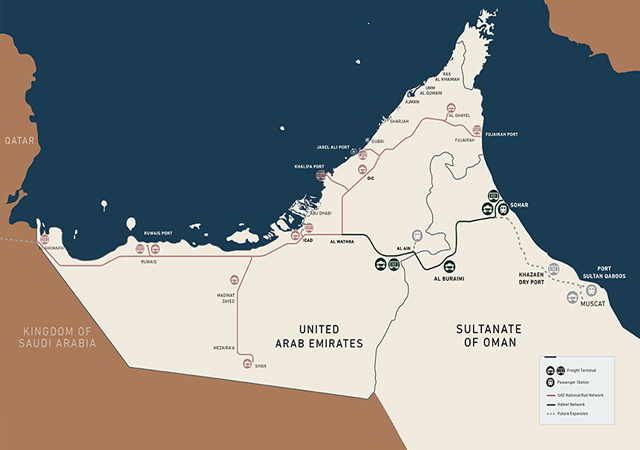
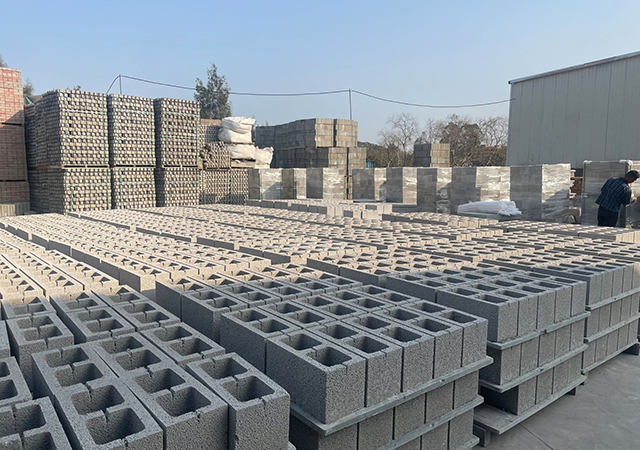


.jpg)
.jpg)
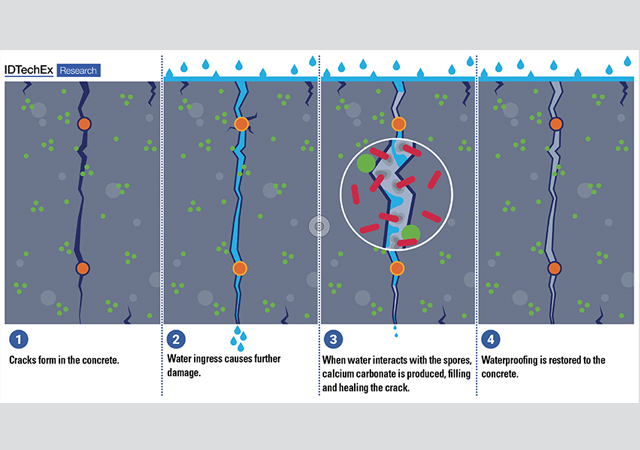
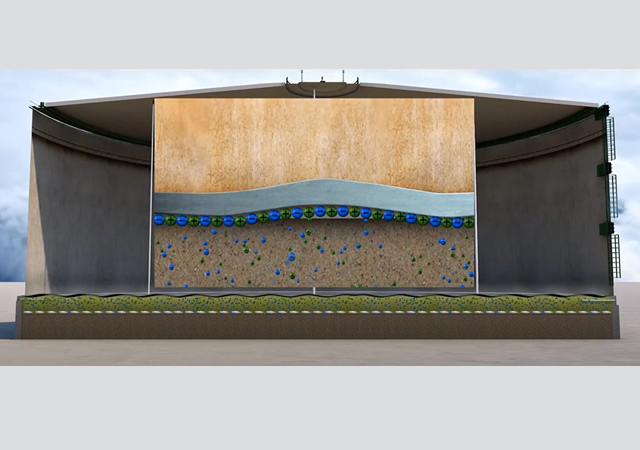
.jpg)
.jpg)
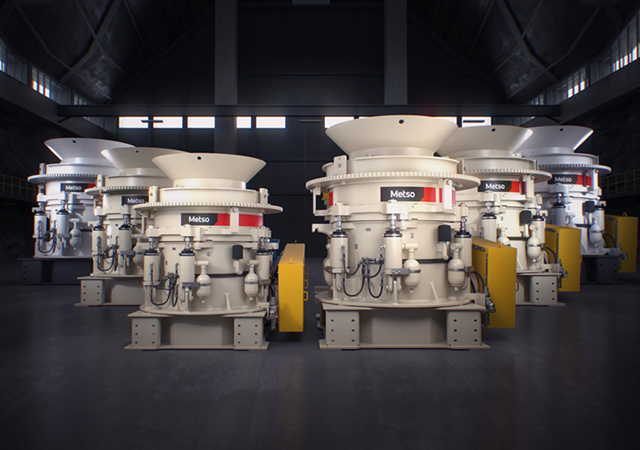
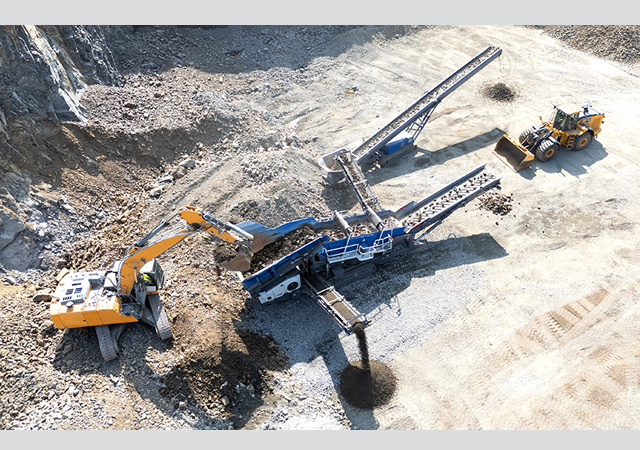
.jpg)
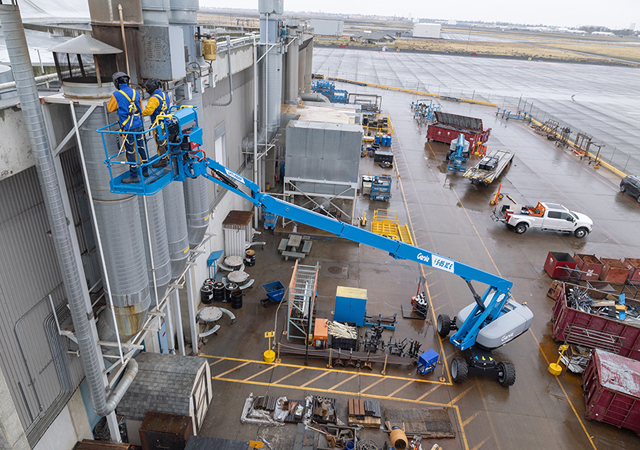

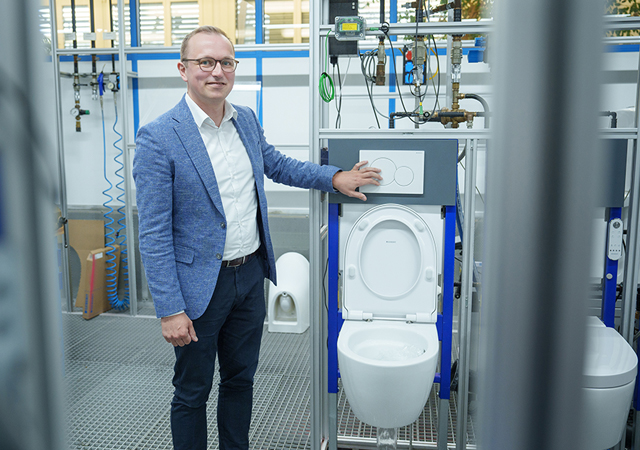

 Doka.jpg)
